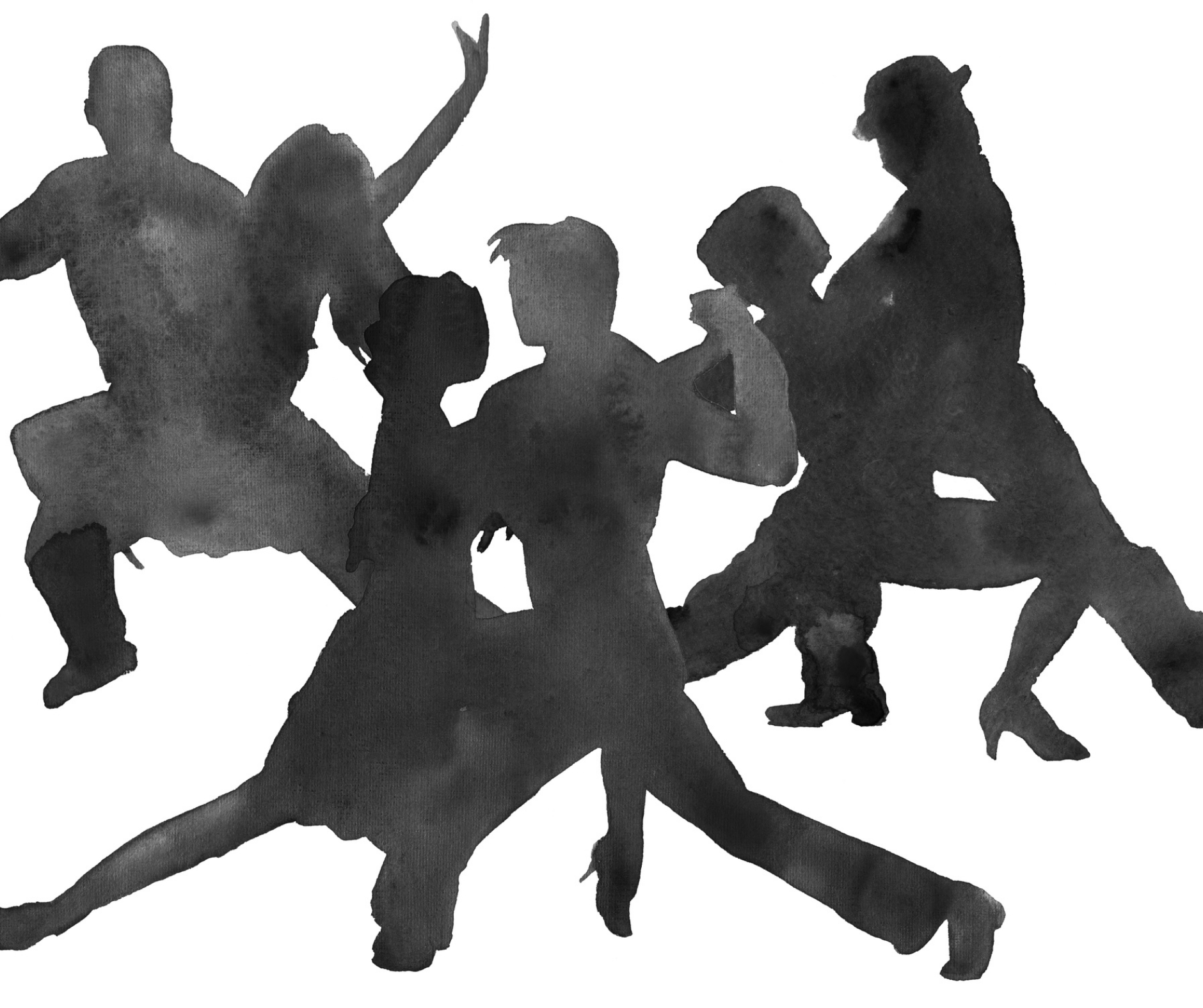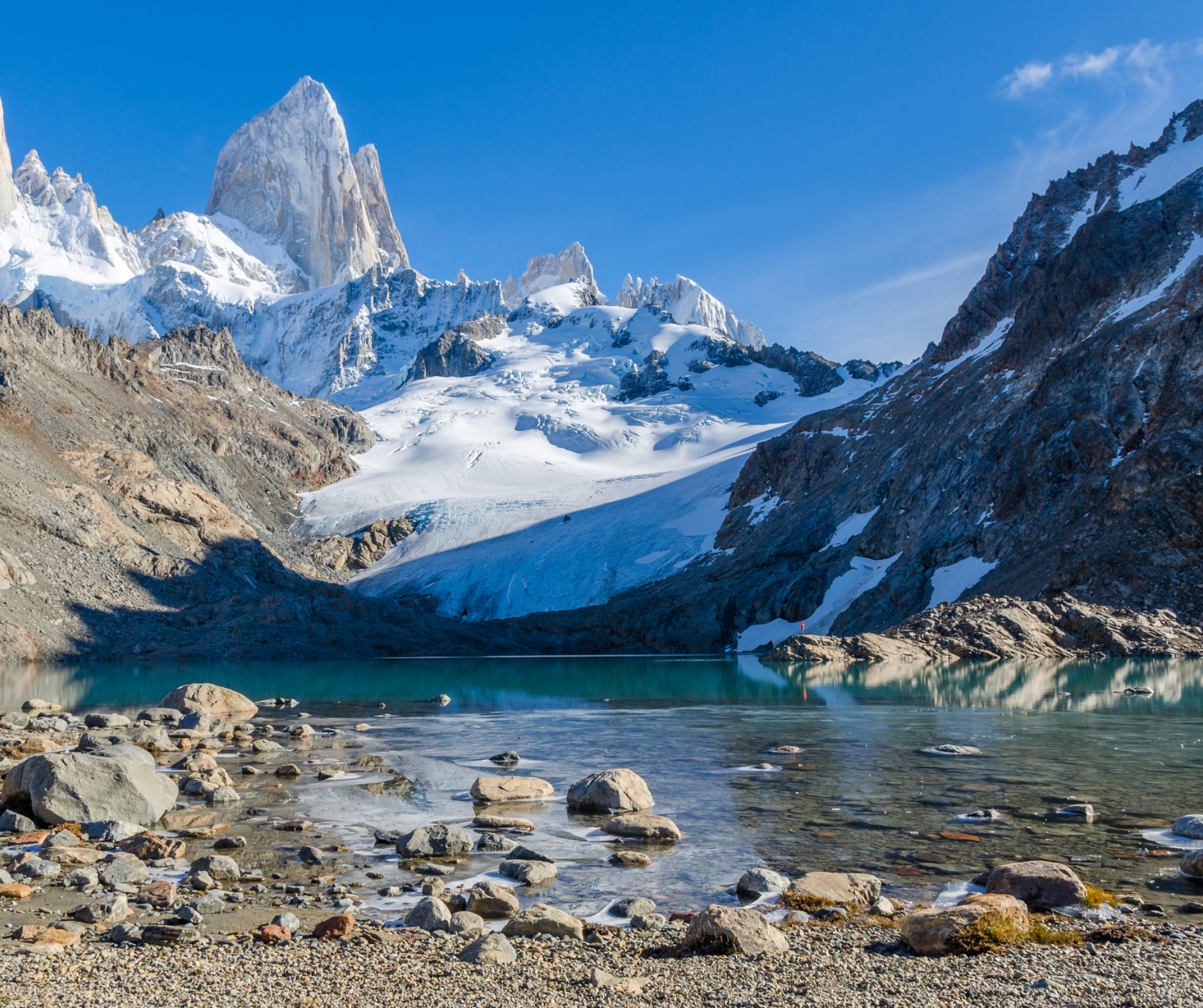In the realm of Argentina’s cultural exports, few have left a mark as profound as the Argentine tango. Since the early 20th century, the captivating rhythms of tango music and the art of tango dance have transcended borders, weaving their way through Latin America, Europe, North America, and beyond, establishing themselves as a global musical phenomenon.

Unraveling the Essence of Tango Music
Tango music, originating from the vibrant landscapes of Argentina and Uruguay, is a melodic fusion shaped by regional folk tunes and the grace of European classical dance melodies. The heartbeat of tango resonates in the danceable time signatures of 4/4 and 2/4, inviting enthusiasts to immerse themselves in its rhythm. Whether instrumental or vocal, tango compositions come alive through various ensembles.
A tango sextet, with its enchanting blend of piano, double bass, two violins, and two bandoneón players (the latter being a close relative of the accordion), forms the core of this musical tradition. Expanding upon this foundation, a tango orchestra, or orquesta típica in Spanish, incorporates additional instruments such as guitars, drums, vocalists, and dancers, creating a harmonious synergy of sound and movement.

Tracing the Historical Threads of Tango Music
1. Origins: Tango’s roots delve back to the 19th century when European immigrants in Argentina and Uruguay began experimenting with a musical tapestry that intertwined European salon tunes with African rhythms encountered in the New World. While tango found its way to various countries like Cuba and Spain, it thrived particularly in Buenos Aires and Montevideo. Rosendo Mendizábal and Vicente Greco played pivotal roles, with Greco introducing the iconic tango sextet. The legendary Carlos Gardel elevated tango to unprecedented heights with his soul-stirring rendition of “Mi Noche Triste” in 1917, ushering in the golden age of tango.
2. The Golden Age: From 1935 to 1952, tango experienced its golden age, transforming from a niche art form to a global sensation. During this period, tango became immensely popular, even amid the tumult of the Second World War. Influential bandleaders from the United States integrated tango into their repertoires, solidifying its international acclaim.

3. Schism and Evolution: The golden age witnessed a divergence in tango styles. While some, like Juan d’Arienzo and Rodolfo Biagi, preserved the traditional essence championed by Gardel, others, such as Carlos di Sarli and Aníbal Troilo, explored experimental avenues. Notably, Astor Piazzolla pioneered tango nuevo (“new tango”), captivating global audiences with compositions like “Adiós nonino.” This evolution embraced improvisation, blending jazz, European classical music, and Latin American folk influences, enriching the tango legacy.
4. Enduring Legacy: Through the decades, tango music has been graced by remarkable talents, including Ángel Villoldo, Osvaldo Pugliese, Roberto Firpo, Francisco Canaro, Julio de Caro, Lucio Demare, and Miguel Caló, each contributing to the enduring legacy of this extraordinary musical genre.
In the intricate melodies and passionate movements of Argentine tango, one finds not just a musical tradition, but a vibrant narrative that continues to captivate hearts around the world, inviting all to partake in its timeless allure.

